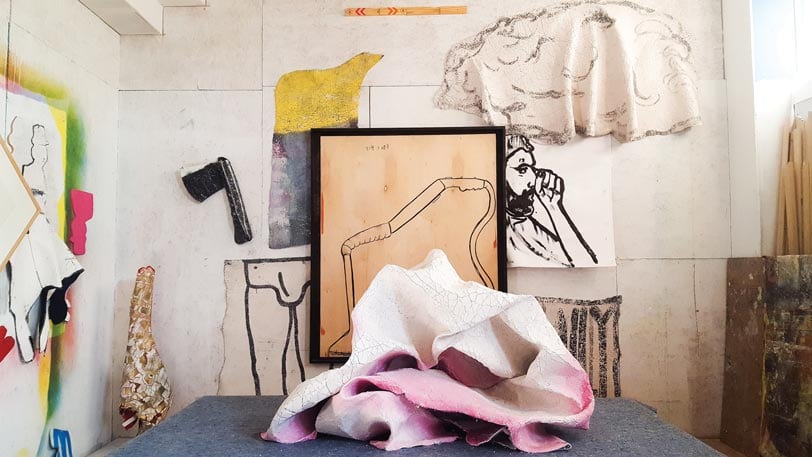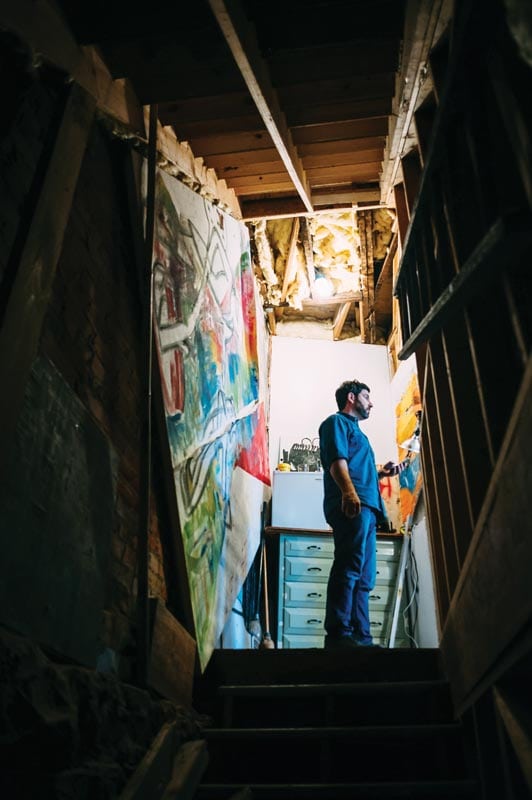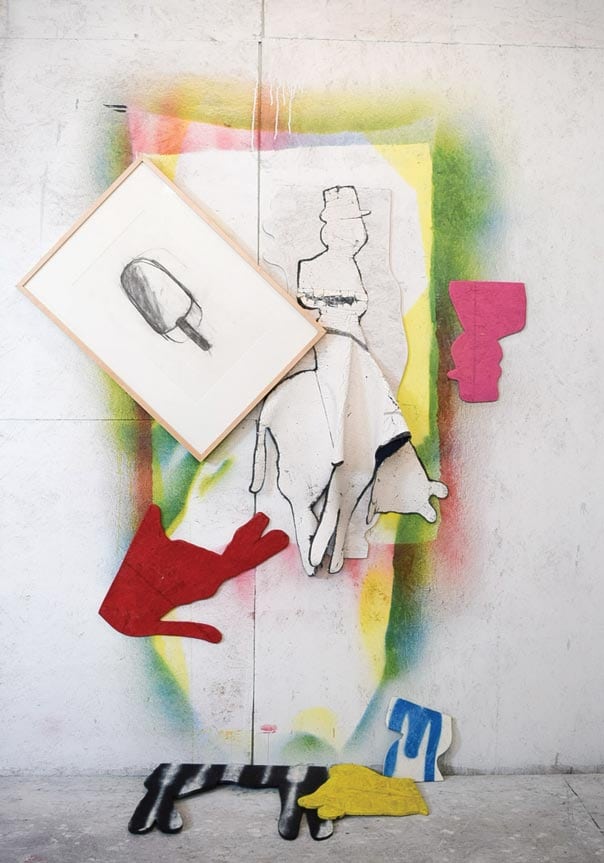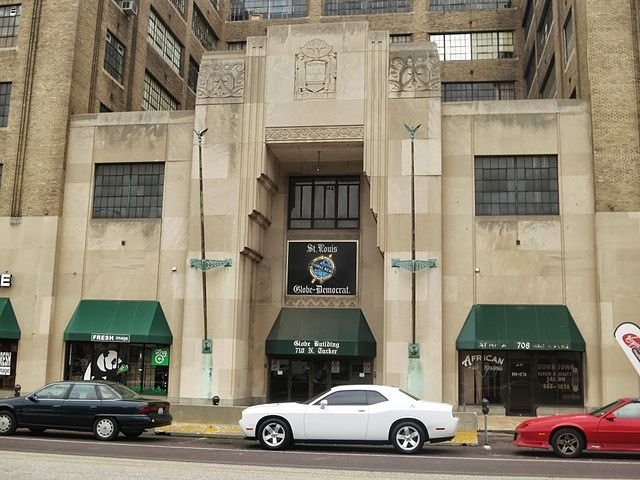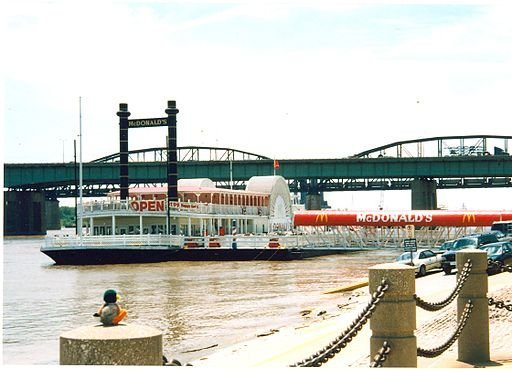Peter Manion believes he was too young to study painting when he attended the Art Institute of Chicago fresh out of high school. “You’re not an artist just because you paint something or make something,” he says. “I believe there has to be a real connection to an emotional state. And, at the time, I wasn’t able to connect the two.”
Peter found brief success after art school, but it spiraled away as he found himself painting with no sentiment invested. Disillusioned, he left the art world in 2000, but the brush called him back in 2010. He says he is just now hitting his stride with his new series. “Where I am now is fueled by revisiting that time period,” he says. “As an artist, you’re time-traveling to get inspiration. You definitely grow into becoming an artist.”
Peter’s new series is reinventing the visual arts. “The first piece evolved from me getting older, feeling vulnerable, thinking about the time that has gone by, my career, and if I’m good enough,” he says. “I think the work, all my work, as with all artists, evolved from a real personal place. And that place is usually some type of fear or loneliness.” He wanted to depict his fears with his brush, but his simple self-portraits on canvas didn’t reflect the depth of his feelings. Peter says he wanted to be able to drape the image of his sagging body over a chair like a used towel.
He spent many hours in his St. Louis studio, not creating anything, then began to experiment. “You connect with your tools in the space and start to bring them in and start breaking the rules that you thought were the way you had to make something,” he says. He smoothed plaster over felt and painted himself on the white surface. Doing so, he created a new art form. His art is neither sculpture nor painting and also both of these things. “All of these pieces—they look like nothing, but when they’re put out and set, they have an amazing, figurative, abstract beauty,” Peter says. “There’s a physicality to them.” He calls them “scuttles” because they move like sea creatures that cling to walls or change form on the ocean floor.
The pieces are heavier than they look; the plaster weighs down the thin felt, which crackles and breaks with movement. Like our own bodies living their existence, his work shines the more it’s used. Peter wants people to interact with his work, to change it and help it grow. When he throws a piece against a wall, it hangs there as if by magic. Eventually, the weight of the plaster makes it fall to the ground, where it looks hardened like rock even as its grooves seem to wave in the light.
Scuttles, fluid and ever-changing with outside pressure, look like paintings one moment and immovable sculptures the next. “This all adds to this dialogue around the pieces, which is ‘What is something?’ and ‘How do we perceive what something is?’” Peter says. “We think we know what it is. But how do we get past our biases?”
Peter thinks he’s finally discovered what an artist is. He says, “Being an artist is that journey of finding new forms of expressing myself in ways that don’t block another person from seeing their own story in it.”
But back in art school, Peter also thought he knew what an artist was. Maybe in another 20 years, his perceptions will change again, just like his art, shifting and changing under the movements, perceptions, and pressures of each new interaction.
Photos Courtesy Krista Valdez
Related Posts
May 20, 1876
The St. Louis Globe merged with the St. Louis Democrat and, on this day, the first issue of the Globe-Democrat was sold.
March 11, 1980
The floating McDonalds on the St. Louis riverfront opened on this date.
Earthly Creations
They say that life is what happens while you’re busy making plans. We’re pretty sure you’d get no argument from Sandra Zak.


